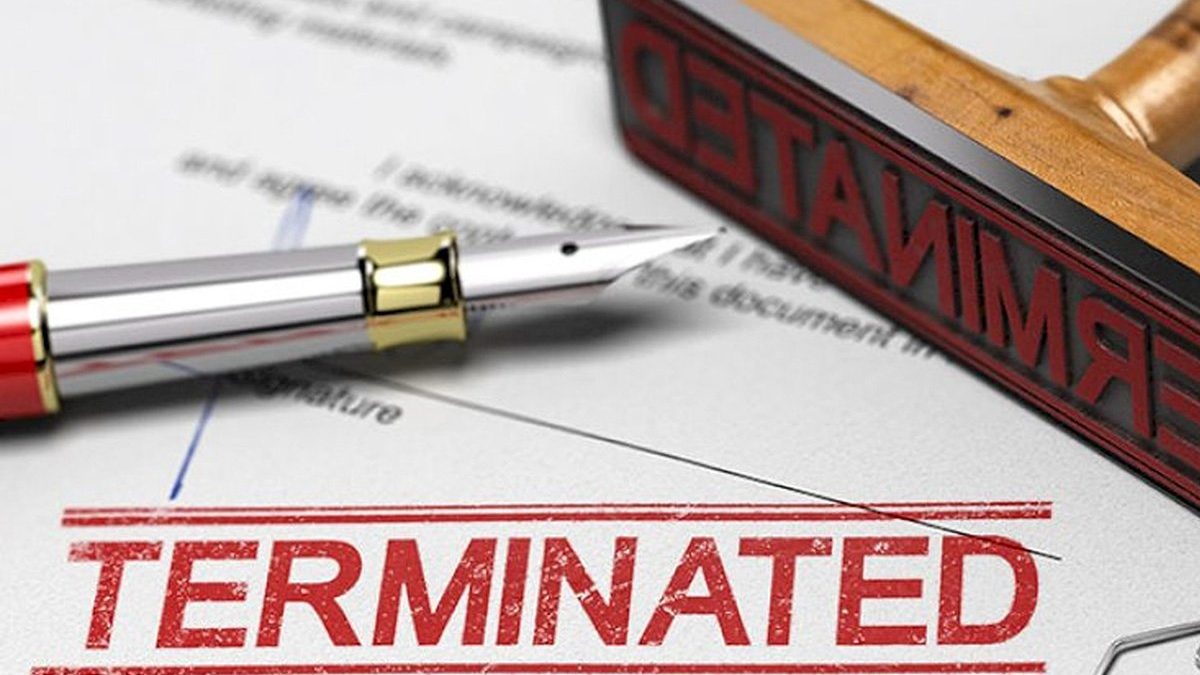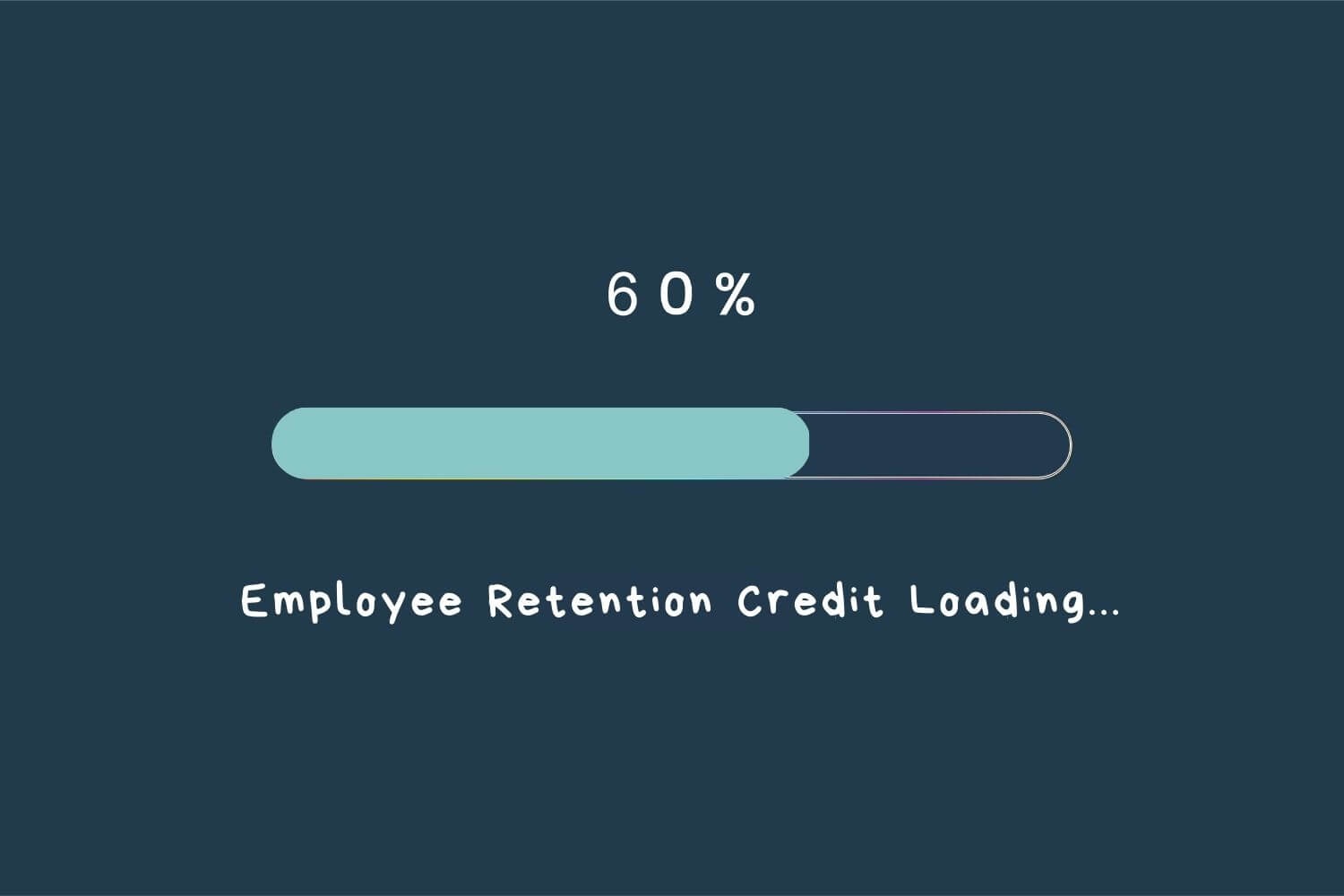Home>Finance>How Long Does It Take To Receive Social Security Benefits After Approval


Finance
How Long Does It Take To Receive Social Security Benefits After Approval
Published: November 24, 2023
"Discover the timeline for receiving social security benefits after approval and ensure financial stability. Find out how long it takes with this comprehensive finance guide."
(Many of the links in this article redirect to a specific reviewed product. Your purchase of these products through affiliate links helps to generate commission for LiveWell, at no extra cost. Learn more)
Table of Contents
Introduction
Welcome to the world of Social Security benefits! Whether you’re nearing retirement age, facing a disability, or have lost a loved one, Social Security benefits are designed to provide financial support. However, once you’re approved for these benefits, how long does it take to actually start receiving them?
In this article, we will explore the process of receiving Social Security benefits after approval and shed light on the factors that can affect the processing time. We will also discuss expedited options and share real-life case studies to give you a realistic understanding of what to expect.
Social Security benefits exist to assist individuals and families in times of financial hardship, retirement, or disability. The application process can be complex and time-consuming, and understanding the timeline for receiving benefits is essential for planning your financial future.
Now, let’s dive into the specifics of Social Security benefits and the journey from approval to receiving the much-needed financial support.
Understanding Social Security Benefits
Before we delve into the process of receiving Social Security benefits, let’s first understand what these benefits encompass and who is eligible to receive them.
Social Security benefits include several different programs provided by the Social Security Administration (SSA). The most common types of benefits are:
- Retirement benefits: These benefits are available for individuals who have reached a certain age and have earned enough credits by contributing to the Social Security system during their working years.
- Disability benefits: These benefits are for individuals who are unable to work due to a physical or mental impairment.
- Survivor benefits: These benefits are provided to the surviving family members of deceased workers, including spouses, children, and dependent parents.
It’s important to note that Social Security benefits are not a one-size-fits-all solution. The amount of benefits you receive depends on various factors, such as your earnings history, the age at which you start receiving benefits, and your overall eligibility.
To be eligible for Social Security benefits, you must have accrued enough credits, which are earned by working and paying Social Security taxes. The number of credits required varies depending on the type of benefit you are applying for. The SSA website provides detailed information on credit requirements for each program.
Additionally, Social Security benefits are not means-tested, meaning they are not based on your income or assets. However, for certain benefits, such as Supplemental Security Income (SSI), financial need may be a determining factor.
Understanding the different types of Social Security benefits and the qualifications for each is crucial in your journey to receiving the appropriate support. With this knowledge in mind, let’s now explore the application and approval process.
Application and Approval Process
Once you determine that you are eligible for Social Security benefits, the next step is to navigate the application and approval process. This process can be complex and time-consuming, but understanding the steps involved will help you manage your expectations.
The application for Social Security benefits can be done online through the SSA’s website, in person at a local Social Security office, or over the phone. Regardless of the method you choose, you will need to provide various documents and information to support your application. This may include your birth certificate, Social Security number, employment history, medical records, and other relevant documentation.
After submitting your application, it will be reviewed by the SSA. This review process involves verifying your eligibility, ensuring that all required documents are provided, and assessing your claim for benefits. The review period can take several months, so it’s important to be patient during this time.
If additional information or clarification is needed, the SSA may request it from you or your healthcare provider. It’s crucial to promptly respond to any requests to avoid delays in the approval process.
Once your application has been thoroughly reviewed and all necessary documentation has been received, the SSA will make a decision on your eligibility for benefits. You will receive a letter notifying you of the decision, either approving or denying your claim. If approved, the letter will also provide information on the amount of benefits you are entitled to.
It’s important to note that many initial applications are initially denied, often due to incomplete or insufficient documentation. If your application is denied, don’t be discouraged. You have the right to appeal the decision and provide additional evidence to support your claim. Seeking assistance from a Social Security attorney or advocate can significantly improve your chances of a successful appeal.
Once your application is approved, the process of receiving your benefits begins. The specific timeline for receiving benefits can vary depending on several factors, which we will explore in the next section.
Processing Time
After your application for Social Security benefits has been approved, you may be wondering how long it will take to actually start receiving your benefits. The processing time can vary depending on a range of factors, and it’s important to manage your expectations accordingly.
Generally, the SSA aims to process applications and begin payments as quickly as possible. However, it’s important to note that the processing time can be affected by a variety of factors, including the complexity of your case, the workload of the SSA office handling your application, and the volume of applications being processed at any given time.
On average, it can take anywhere from three to six months from the date of approval for your benefits to begin. However, this timeline can be shorter or longer depending on the specific circumstances of your case. For example, if you have provided all the necessary documentation and there are no complications, you may start receiving benefits sooner.
It’s important to remember that the SSA processes a significant number of applications, and thorough review is necessary to ensure accurate and fair determination of benefits. While waiting for your benefits to start, it’s advisable to closely monitor your bank account or mailbox for any communication or payments from the SSA.
If you have not received any communication or benefit payments within a reasonable time frame, it may be worth contacting your local Social Security office to inquire about the status of your application.
It’s worth noting that the SSA has an expedited process in place for certain cases where the applicant’s condition is dire or life-threatening. This expedited process aims to provide faster access to benefits. However, not all cases are eligible for expedited processing, and it’s best to consult with the SSA or a Social Security attorney to determine if your situation qualifies.
Factors such as the complexity of your case, the accuracy and completeness of your application, and any potential discrepancies in your documentation can all impact the processing time. Therefore, it’s crucial to ensure that you provide all necessary information and documentation and respond promptly if the SSA requests any additional information.
In the next section, we will discuss the factors that can affect the processing time for Social Security benefits in more detail.
Factors Affecting Processing Time
Several factors can affect the processing time for Social Security benefits. It’s important to be aware of these factors as they can influence how long it takes for you to start receiving your benefits.
1. Completeness and Accuracy of Application: The SSA requires thorough and accurate information to process your application. Any missing or incorrect information can result in delays. Double-check your application before submitting it to ensure all sections are filled out correctly and all necessary documentation is included.
2. Complexity of Your Case: Some cases may require additional time for review due to their complexity. This can include cases involving multiple disability claims, appeals, or cases with unique circumstances that require more in-depth evaluation.
3. Workload of the SSA Office: The workload of the Social Security office handling your application can impact processing time. Offices with higher caseloads may take longer to process applications and issue benefit payments.
4. Medical Documentation: For disability benefits, medical documentation plays a crucial role in determining eligibility. If the SSA requires additional medical evidence or clarification from your healthcare provider, it can extend the processing time. It’s important to promptly provide any requested documentation to avoid unnecessary delays.
5. Status of Prior Applications: If you have previously applied for Social Security benefits and your application was denied, it can impact the processing time of a new application. The SSA may need to review your prior application and the reasons for denial before making a decision on your new claim.
6. Backup Documentation: In cases where the SSA is unable to verify your employment history or other crucial details, they may request backup documentation. This could include pay stubs, tax returns, or other records to support your claim. The time it takes to gather and submit these documents can extend the processing time.
7. Appeals and Hearings: If you filed an appeal or requested a hearing after an initial denial, the processing time can be significantly longer. The appeals process often involves additional evaluations and hearings, which can prolong the time it takes to receive a final decision.
While these factors can impact the processing time for Social Security benefits, it’s crucial to submit a thorough and accurate application and promptly respond to any requests for additional information. This will help minimize unnecessary delays in receiving your benefits.
Next, we will explore expedited options for Social Security benefits and provide real-life case studies to give you a better understanding of the processing time in different scenarios.
Expedited Social Security Benefits
In certain situations, the need for Social Security benefits may be urgent, and individuals may require faster processing and access to their benefits. The Social Security Administration (SSA) recognizes this and has put measures in place to expedite the processing of applications under specific circumstances.
1. Compassionate Allowances: Compassionate Allowances (CAL) is a program implemented by the SSA to quickly identify and provide benefits to individuals with certain severe medical conditions. These conditions are often debilitating and life-threatening. CAL allows the SSA to expedite the application process and provide approvals within days instead of months. The list of qualifying conditions is regularly updated and can be found on the SSA’s official website.
2. Terminal Illness: Individuals with a terminal illness may qualify for expedited processing of their Social Security benefits. Upon submission of appropriate medical documentation confirming the terminal diagnosis, the SSA can prioritize the application and expedite the approval process.
3. Quick Disability Determination: The Quick Disability Determination (QDD) process uses sophisticated computer-based models to analyze certain key data elements from the applicant’s medical records. By identifying cases with a high probability of approval, the SSA can expedite the processing of disability benefits.
4. Military Service: Veterans who became disabled while on active military duty on or after October 1, 2001, are eligible for expedited processing of their disability claims through the Wounded Warrior program.
5. Presumptive Disability/Blindness: Individuals who have a condition that is so severe it meets the criteria for presumptive disability or blindness may qualify for expedited benefits. This provision allows eligible applicants to receive temporary benefits while waiting for their case to be fully reviewed.
6. Dire Need: In exceptional circumstances, individuals facing dire financial need due to extreme poverty, homelessness, or lack of access to medical care may qualify for expedited processing of their Social Security benefits. This provision aims to provide financial support to those in urgent situations.
It’s important to note that expedited processing does not guarantee automatic approval. While these programs can speed up the application process, the SSA still evaluates each case according to the eligibility criteria for the specific benefit program.
If you believe that your situation qualifies for expedited processing, it’s recommended to contact the SSA or consult a Social Security attorney to discuss your case and ensure that you provide the necessary documentation and evidence to support your claim.
Let’s now take a look at some real-life case studies to provide you with a realistic understanding of the processing time for Social Security benefits in different scenarios.
Case Studies: Realistic Scenarios
To give you a better understanding of the processing time for Social Security benefits, let’s explore some real-life case studies that reflect different scenarios and outcomes.
Case Study 1: Retirement Benefits
Sarah is turning 65 and decides to apply for Social Security retirement benefits. She completes her application online and submits all the necessary documents. After a thorough review, Sarah receives a letter from the SSA stating that her application has been approved. She is informed that she will start receiving her monthly retirement benefits within two months of her birthday. Sarah receives her first benefit payment a few weeks after her 65th birthday, consistent with the projected timeline provided by the SSA.
Case Study 2: Disability Benefits
John suffers from a debilitating back injury that prevents him from working. He applies for Social Security disability benefits, providing extensive medical documentation and supporting evidence. His application is initially denied due to insufficient medical evidence. John decides to appeal the decision and seeks assistance from a Social Security attorney. With the help of his attorney, John gathers additional medical documentation and builds a stronger case for his disability eligibility. After a lengthy appeals process and a hearing, John’s application is finally approved. It takes nine months from his initial application to receive his first disability benefits payment.
Case Study 3: Survivor Benefits
Emily’s husband recently passed away, and she is eligible for survivor benefits from the Social Security Administration. She gathers the necessary documents, including her husband’s death certificate and their marriage certificate, and submits the application in person at her local Social Security office. Within six weeks of her application submission, Emily receives a letter from the SSA informing her that her application has been approved and providing details of her monthly survivor benefits. Her first payment is received one month later, which aligns with the typical processing time for survivor benefits.
These case studies illustrate the varying timelines for receiving Social Security benefits. While some individuals experience a relatively smooth process with minimal delays, others may encounter complications or appeals that prolong the processing time.
It’s important to remember that each case is unique, and the processing time can be influenced by factors such as the complexity of the case, the accuracy and completeness of the application, and the volume of applications being processed at the SSA office.
Now, let’s explore some tips that can help minimize the processing time and ensure a smoother experience in obtaining your Social Security benefits.
Tips for Minimizing Processing Time
If you’re eager to receive your Social Security benefits in a timely manner, here are some tips to help minimize the processing time:
- Be Prepared: Gather all the necessary documents and information before starting the application process. This includes your Social Security number, birth certificate, employment history, medical records, and any other relevant documentation. Being prepared will help ensure a smooth and efficient application process.
- Submit a Complete Application: Fill out the application accurately and provide all the required information. Incomplete or inaccurate applications may result in delays as the SSA may need to request additional documentation or clarification on certain details.
- Provide Thorough Medical Documentation: If you’re applying for disability benefits, make sure to include comprehensive medical records that clearly demonstrate your condition and its impact on your ability to work. This will help facilitate the evaluation and decision-making process.
- Respond Promptly: If the SSA requests additional documentation or information, respond promptly and provide the requested materials. Delays in responding to requests may prolong the processing time.
- Consider Seeking Professional Assistance: Consulting with a Social Security attorney or advocate can greatly increase your chances of a successful application and reduce processing time. They can help ensure that your application is complete, accurate, and supported by strong evidence.
- Stay Informed: Regularly check for updates from the SSA regarding your application status. This can be done through the SSA website, by contacting your local Social Security office, or by signing up for electronic notifications. Staying informed will help you stay on top of any requests or updates from the SSA.
- Be Patient: Remember that the processing time for Social Security benefits can vary, and it may take some time before you start receiving your benefits. Be patient during the review process, and reach out to the SSA only if a significant amount of time has passed without any communication.
By following these tips, you can help minimize processing time and increase the likelihood of a smooth and efficient experience when applying for Social Security benefits.
Now, let’s wrap up and summarize what we’ve discussed in this article.
Conclusion
Navigating the process of receiving Social Security benefits can be a complex and time-consuming journey. Understanding the various factors that affect the processing time is essential for managing your expectations and planning your financial future.
In this article, we’ve explored the application and approval process for Social Security benefits, the average processing time, and the factors that can influence how long it takes to start receiving benefits. We’ve also discussed the availability of expedited options for certain cases, such as compassionate allowances and dire need situations.
Real-life case studies have provided a realistic perspective on the processing time in different scenarios, highlighting the importance of thorough documentation, appeals processes, and the impact of case complexity.
Moreover, we’ve provided tips for minimizing processing time, including being prepared, submitting complete applications, providing thorough medical documentation, and seeking professional assistance when needed.
As you embark on your journey to receive Social Security benefits, remember to stay informed, be patient, and promptly respond to any requests from the Social Security Administration. By following these guidelines, you can help ensure that your application is processed as efficiently as possible.
Obtaining Social Security benefits is an important step in securing your financial well-being, whether in retirement, facing disability, or as a survivor. By understanding the process and being proactive, you can navigate the system with confidence and receive the financial support you deserve.
Should you have any specific inquiries or concerns, it’s always recommended to reach out to the Social Security Administration directly or consult with a professional who specializes in Social Security benefits. Remember, every individual’s situation is unique, and personalized guidance can help you make informed decisions tailored to your needs.
Best of luck as you embark on this important journey towards receiving the Social Security benefits you’re entitled to!














